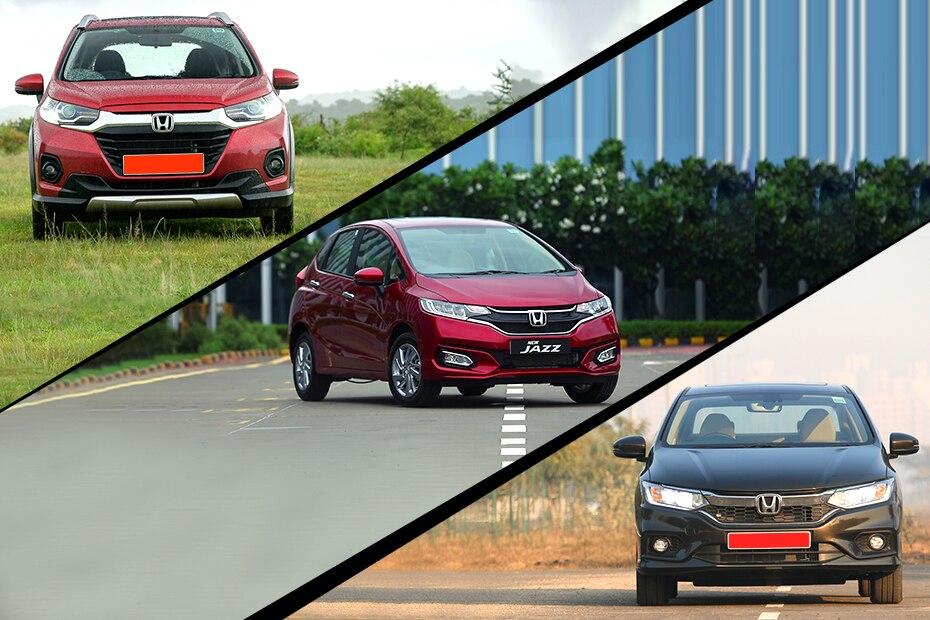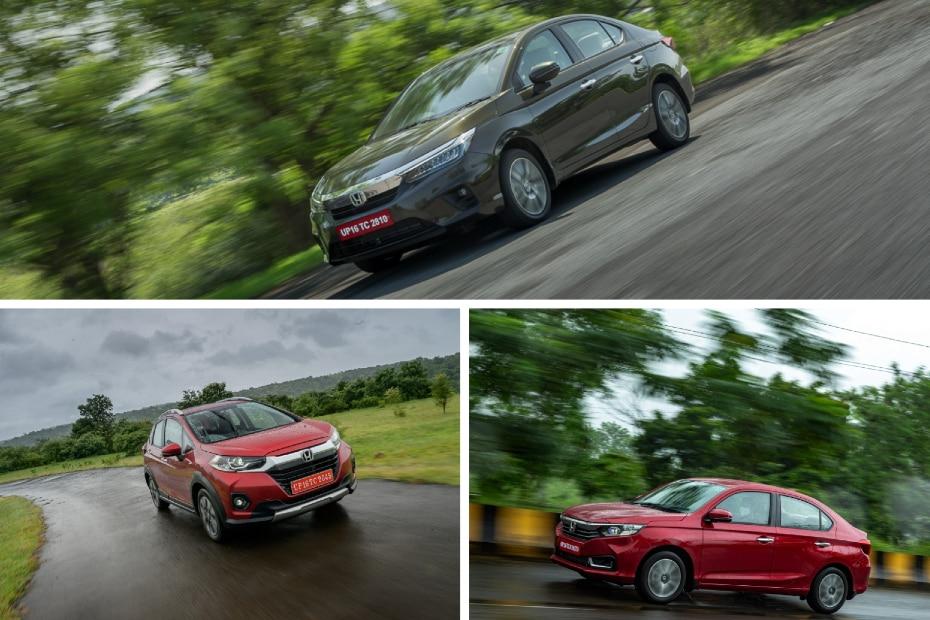Honda City MT vs CVT: Real-World Performance Comparison
Published On Jun 20, 2018 07:28 AM By Dinesh
- Write a comment
Does shifting gears via paddles excite you? Do you think the City CVT with paddle shifters is quicker than its manual counterpart?
The Honda City quickly became the flag bearer of the mid-size sedan segment in India when it was launched back in 1998. Now, two decades and three generations later, the Honda sedan continues to be one of the best selling cars in its class, although it now faces tough competition from rivals like the Hyundai Verna, Maruti Ciaz and the Toyota Yaris. Related: Toyota Yaris CVT vs Hyundai Verna Automatic vs Honda City CVT – Real-World Performance Compared

The Honda City can be had with a 1.5-litre (100PS/200Nm) diesel engine and a 1.5-litre (119PS/145Nm) petrol engine. However, it's only the petrol engine that is available with the option of a manual or a CVT gearbox. The diesel engine is available only with a 6-speed MT.
Despite being powered by the same petrol engine, the City MT and CVT are bound to perform differently in real-world conditions, as we’ve seen before when we compared fuel efficiency of both these cars. Let’s see how much difference a transmission can make to its performance now.
| 0-100kmph |
Quarter Mile |
|
| Honda City petrol MT |
9.64s |
16.77s/130.31kmph |
| Honda City petrol CVT |
11.90s |
18.42s/127.51kmph |
In our tests, the City MT outpaces the City CVT convincingly. It beats the City CVT to the 0-100kmph mark by 2.26s. It is also faster in the quarter mile drag race as it completes it in 16.77s, 1.65s quicker than its CVT counterpart.
The MT’s supremacy over the CVT is due to the fact that CVTs don’t have fixed gear ratios. So, when you put the throttle down on a CVT, the engine revs up, but then the transmission takes time to adjust the pulley/cones to build speeds. While in MT, the engine speed is coupled via gears to the final drive so the engine and the wheels pick speeds together. Thus a car with an MT is bound to be faster to the 100kmph mark than a car with CVT.
Related: Toyota Yaris vs Hyundai Verna vs Honda City: Petrol Automatic Comparison Review
Braking Performance
| 100-0kmph |
80-0kmph |
|
| Honda City petrol MT |
43.11m |
27.11m |
| Honda City petrol CVT |
41.14m |
26.23m |

Both the cars are equipped with disc brakes at the front and drum brakes at the rear. Despite that, they perform differently in our tests. It was the City CVT that took less distance to come to a halt when braking from 100kmph and 80kmph. This comes as a surprise considering that the City CVT is heavier than the City MT by 23kg. However, since the difference between the braking distance of the two cars is marginal, there could be other factors such as tarmac quality, tyre life or even driver weight affecting the final results.
Also Read: Hyundai Verna vs Honda City: Comparison Review
Read More on : City diesel
















